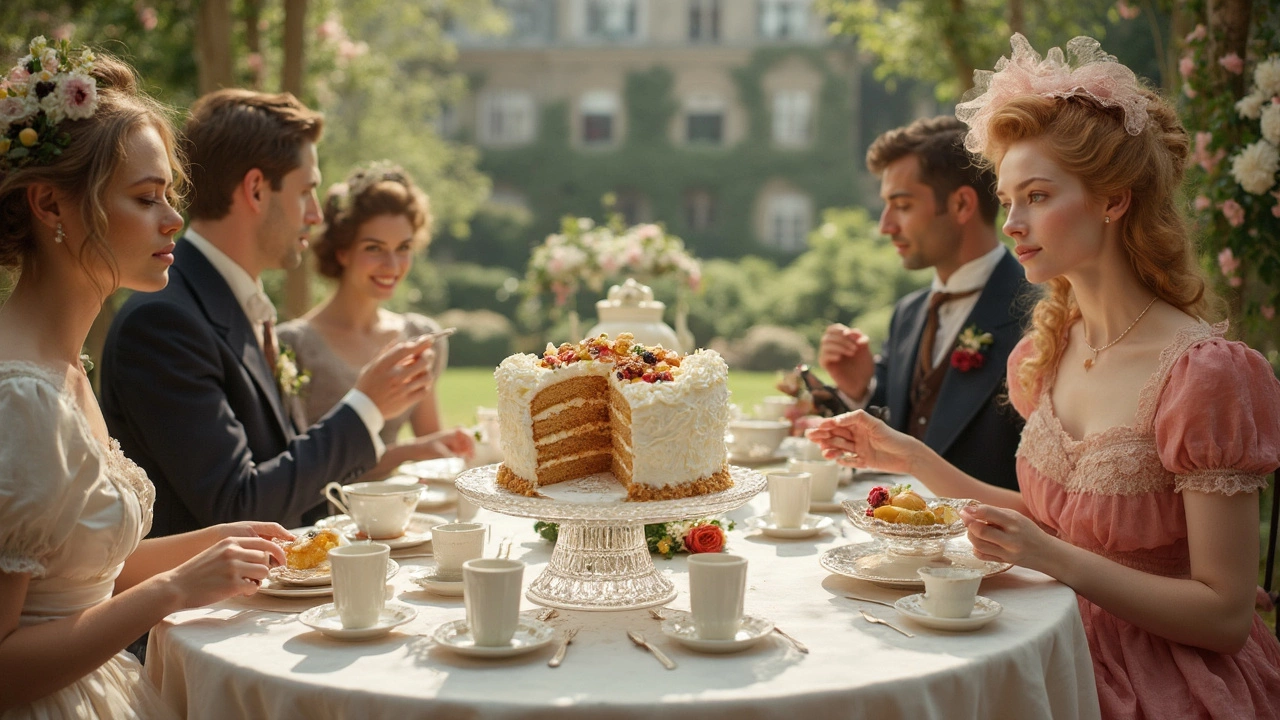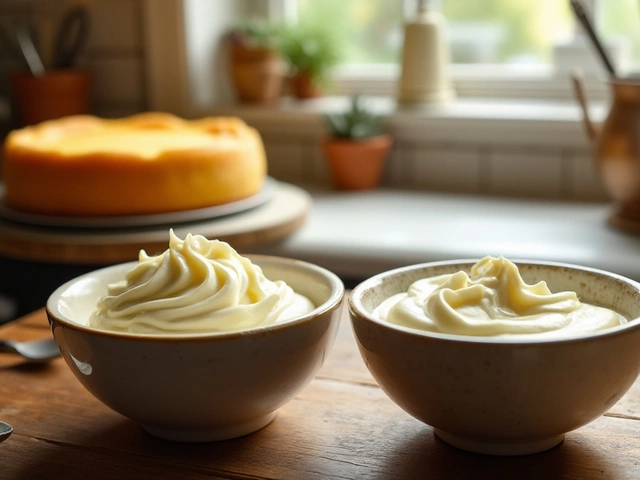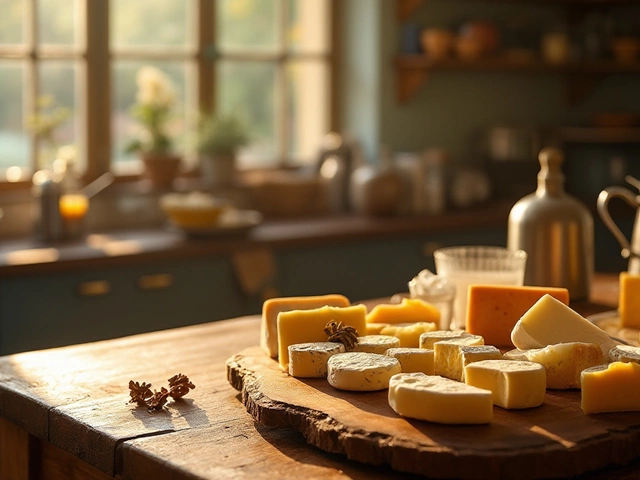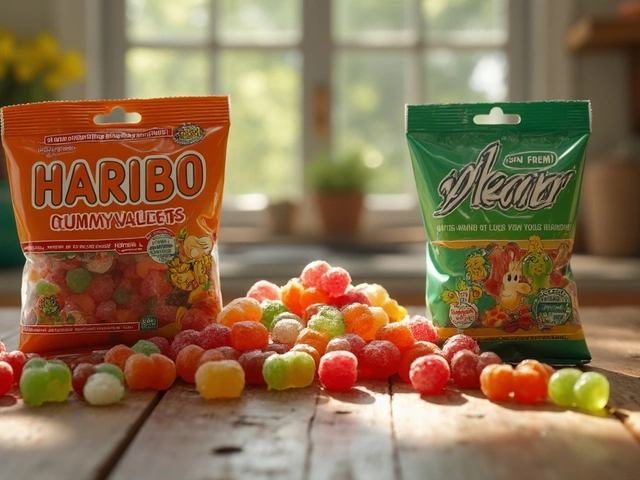Cake History: From Ancient Grains to Modern Celebration Cakes
If you love a slice of cake, you’re actually tasting a story that stretches back thousands of years. Cakes didn’t start as fluffy, sweet layers – they began as simple breads sweetened with honey and flavored with fruit. Understanding that history helps you appreciate every bite, whether you’re frosting a birthday cake or enjoying a cup of tea with a biscuit.
Early Beginnings: Grains and Honey
Our earliest ancestors baked flat breads on hot stones. In ancient Egypt, bakers mixed wheat flour with honey and nuts, creating a dense treat that looked more like a sweet flatbread than today’s cakes. These early “cakes” were often offered to gods, showing that dessert had a ceremonial role from the start.
Romans took the idea further. They added eggs and cheese, making a richer batter that could rise a little when baked in a communal oven. Wealthy Romans enjoyed these cake-like pastries at banquets, and the recipes spread across the empire. The word “cake” itself comes from the Old Norse "kaka," reflecting how the concept traveled through Europe.
The Rise of Modern Cakes
Middle Ages kitchens relied on honey, almond paste, and spices like cinnamon. Cakes were dense, often boiled or steamed, because ovens were scarce. By the 1500s, sugar became more affordable, and bakers could start experimenting with lighter textures. The invention of the wooden spoon and better mixing tools meant batters could be whipped into airier mixes.
The real breakthrough arrived in the 19th century with the invention of chemical leaveners – baking powder and baking soda. These ingredients let cakes rise quickly and consistently, giving us the soft crumb we expect today. At the same time, industrial flour milling produced finer flour, making batter smoother.
Victorian England turned cake into an art form. Elaborate decorations, fondant, and intricate piping became status symbols at weddings and afternoon teas. The rise of home ovens made it possible for everyday families to bake their own cakes, not just buy them from a bakery.
Today, cake culture is a global mash‑up. From Japanese matcha sponge cakes to American red‑velvet layers, each region adds its twist. The internet has turned home bakers into trendsetters, spreading new flavors and designs faster than any cookbook ever could.
Knowing this timeline gives you a toolbox of ideas. Want a rustic, honey‑sweet cake? Borrow from ancient Egyptian techniques and use whole grain flour with a drizzle of honey. Craving a light, fluffy cake? Trust the chemistry of modern leaveners and sifted flour. No matter the style, every cake you bake is part of a long, tasty tradition.
So next time you slice into a birthday cake, think about the centuries of innovation that made that moment possible. The history of cake isn’t just about recipes – it’s about how people celebrated, shared, and invented sweet moments together.





